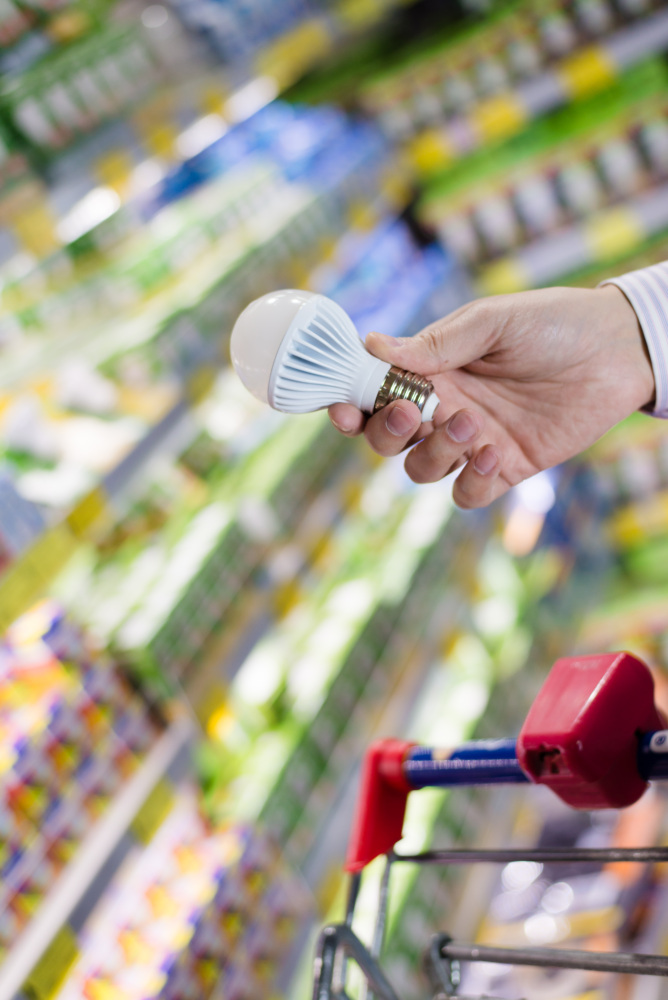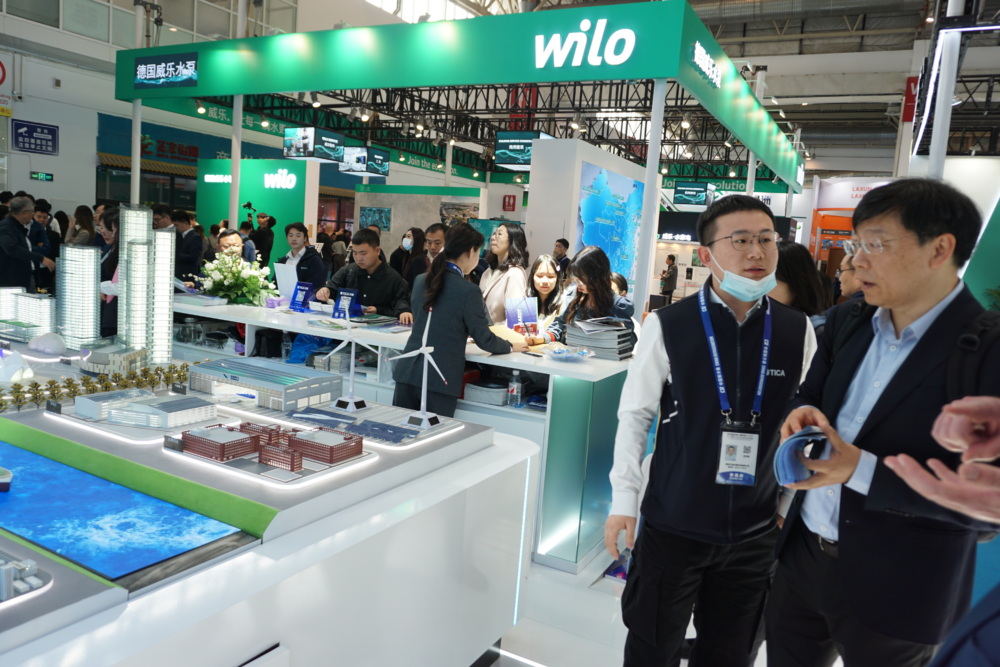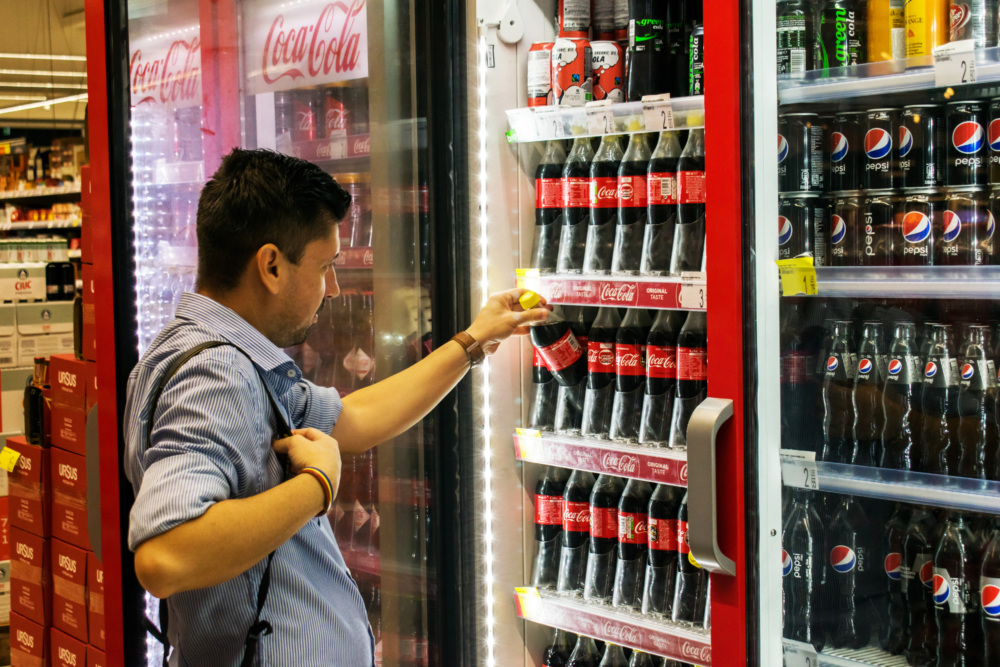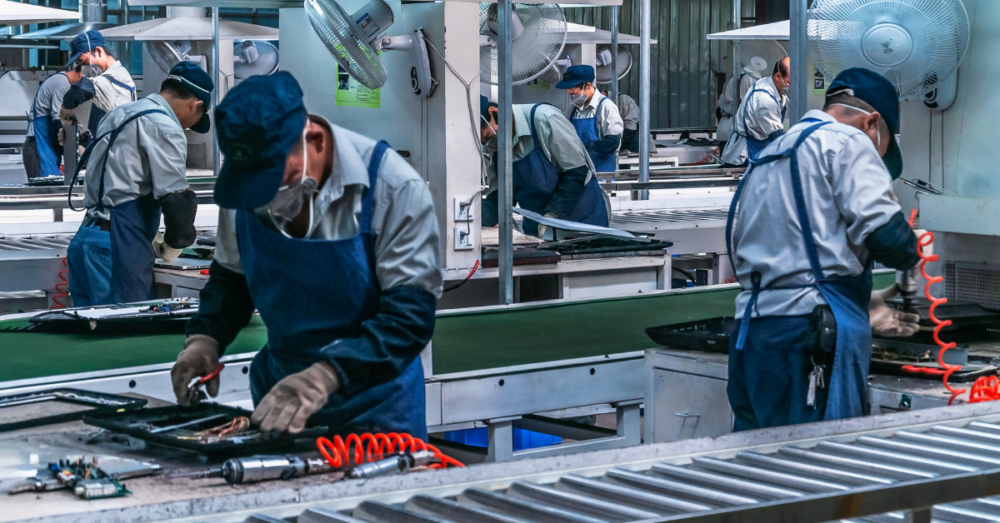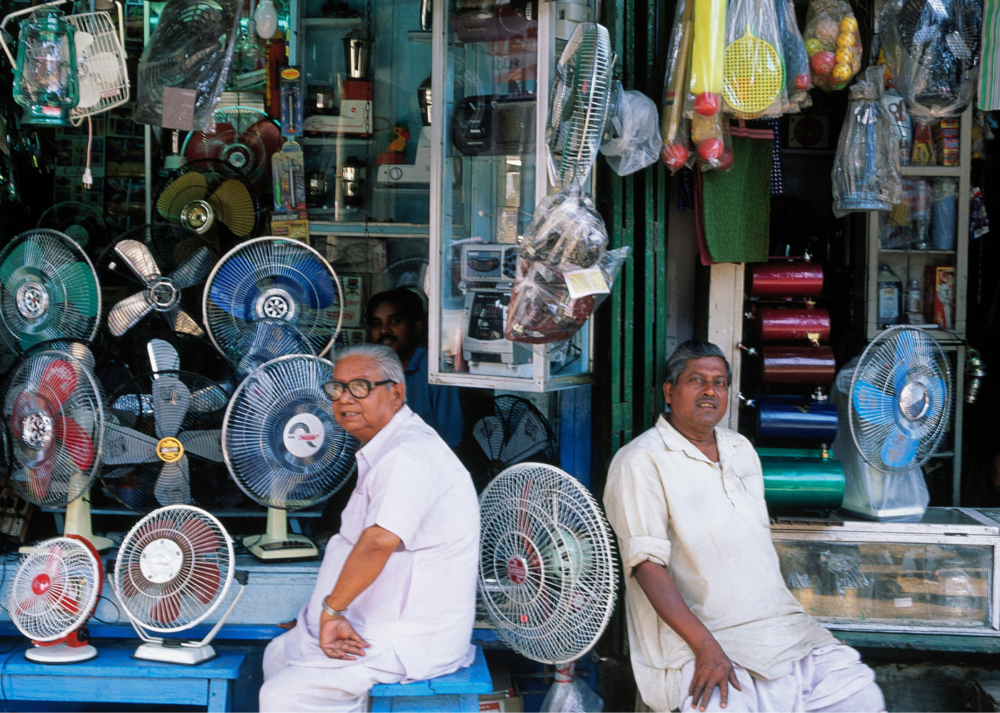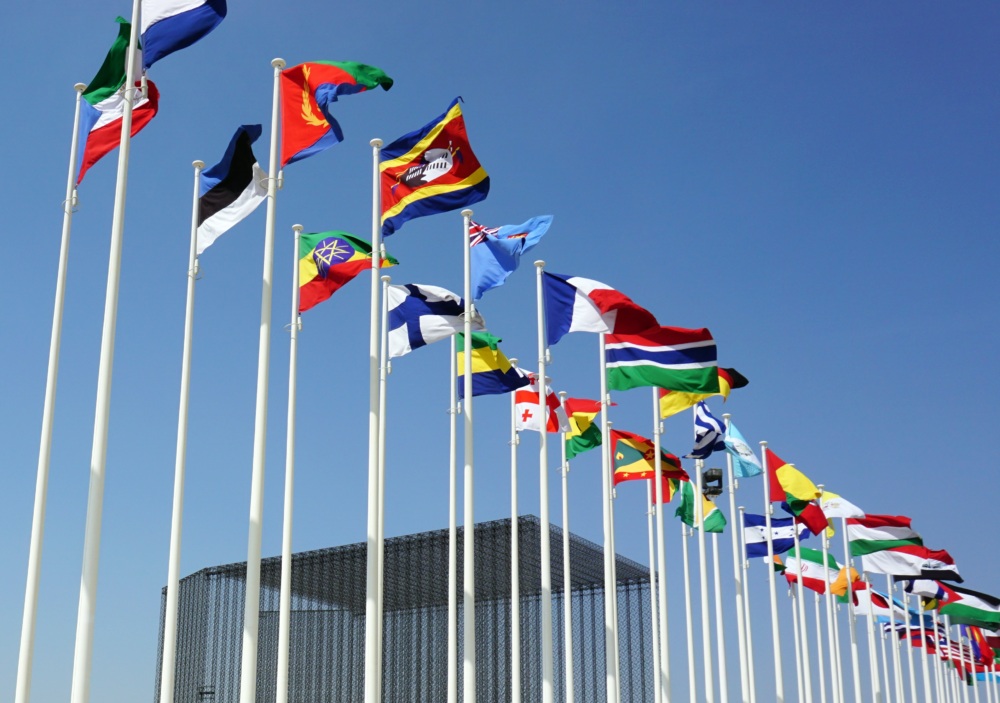Helping Chinese Consumers Identify Energy-Efficient Appliances
CLASP and CNIS worked with the Alibaba Group to help eco-minded customers find the most efficient appliances online.
After a decade of exponential growth and a surge in online retail during the COVID-19 pandemic, China is now home to the second largest online retail market in the world. In the appliance sector, almost half of all purchases in China are made online, compared to barely 20% globally. For these customers, clear, standardized energy labels are necessary for understanding the financial and environmental costs of their purchases.
Between 2015 and 2021, the online appliance market in China grew from 16% to 48.8% of the overall appliance market.
Though China does use the China Energy Label (CEL), a CLASP survey found that consumers thought the label was too technical and noted that it was widely unavailable in online marketplaces, in contrast to its mandatory presence in physical stores. To address this, CLASP worked with China National Institute of Standardization (CNIS) to both improve label readability and availability online. The study also found that over 50% of consumers relied on the label to make purchasing decisions based on efficiency. A similar proportion of consumers expressed willingness to pay higher prices for more eco-friendly products, but hard-to-understand, non-standardized labels confused the process.
Several countries have improved their own energy labels by adding information like electricity cost to better communicate the environmental impact to consumers. Drawing from labeling systems in EU, U.S.A, Brazil, and Thailand, CLASP and CNIS researched the feasibility of calculating and displaying annual energy consumption information on the CEL for 6 priority product groups–refrigerators, LED lighting, dishwashers, clothes washers, TVs, and air conditioners. Annual energy consumption information, rather than single cycle, was shown to better convey energy use and savings on a realistic time scale. CNIS was able to use this research with Chinese consumer behavior data to create a model for annual energy savings as well as carbon reduction potential, represented in China’s first series of technical standards Evaluating CO2 Emission Reductions of Energy-Efficient End-Use Products.
Making the energy label information available was the next step. CNIS collaborated with the Alibaba Group to make energy labels mandatory on Tmall, the biggest B2C e-commerce platform in China. Before the appliance can be sold on Tmall, sellers must have it validated through the connected CEL database, which currently covers 2.23 million product models. Only products with successful verification can be listed, significantly curtailing the sale of unlabeled appliances and wrongly displayed CEL information. Air conditioners, freezers, and clothes washers were also selected to pilot the display of the new carbon reduction calculation.
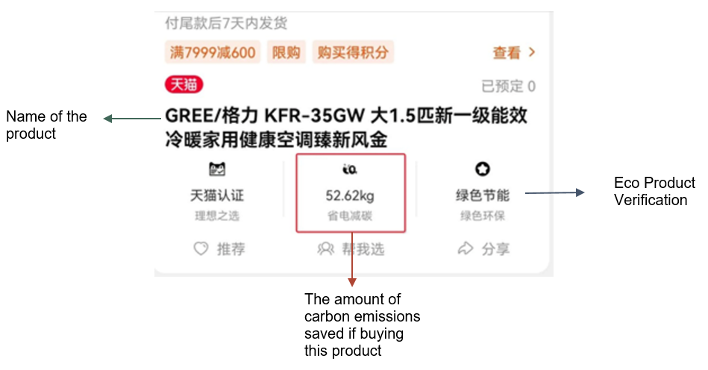
China’s dual carbon pledges1 have motivated the private sector to assess their social and environmental impact. In December 2021, the Alibaba Group announced its goal of achieving internal carbon neutrality by 2030 and eliminating a further 1.5 Gt through partner and consumer action by 2035. These labeling changes will bring the Alibaba Group closer to their climate goals and serve as a success story for other e-commerce platforms in China. CLASP and our partners hope China’s innovative online sales practices will encourage other climate actions across business and retail platforms.
0. China has pledged to peak its carbon dioxide emissions before 2030 and achieve carbon neutrality before 2060.


